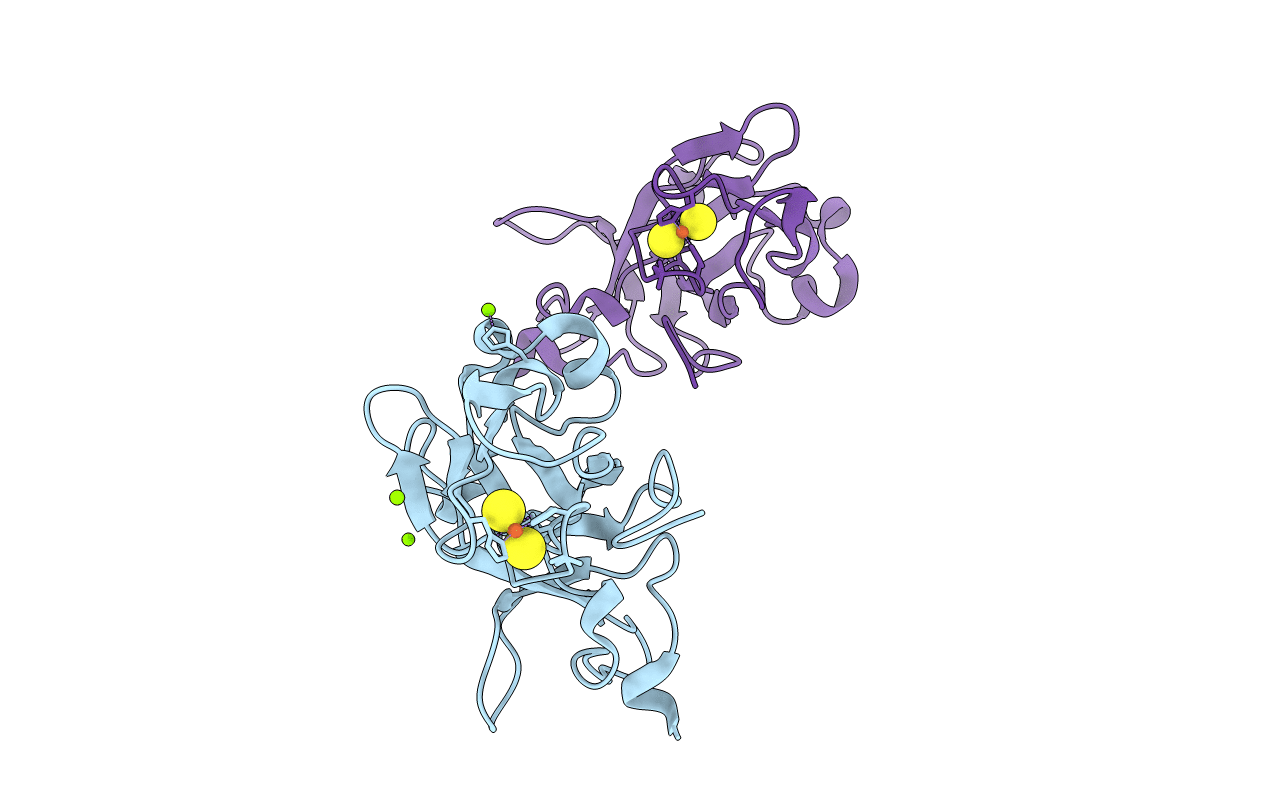
Deposition Date
2003-02-12
Release Date
2003-06-24
Last Version Date
2024-11-20
Entry Detail
PDB ID:
1NYK
Keywords:
Title:
Crystal Structure of the Rieske protein from Thermus thermophilus
Biological Source:
Source Organism:
Thermus thermophilus (Taxon ID: 274)
Host Organism:
Method Details:
Experimental Method:
Resolution:
1.31 Å
R-Value Free:
0.21
R-Value Work:
0.15
R-Value Observed:
0.15
Space Group:
C 2 2 21


